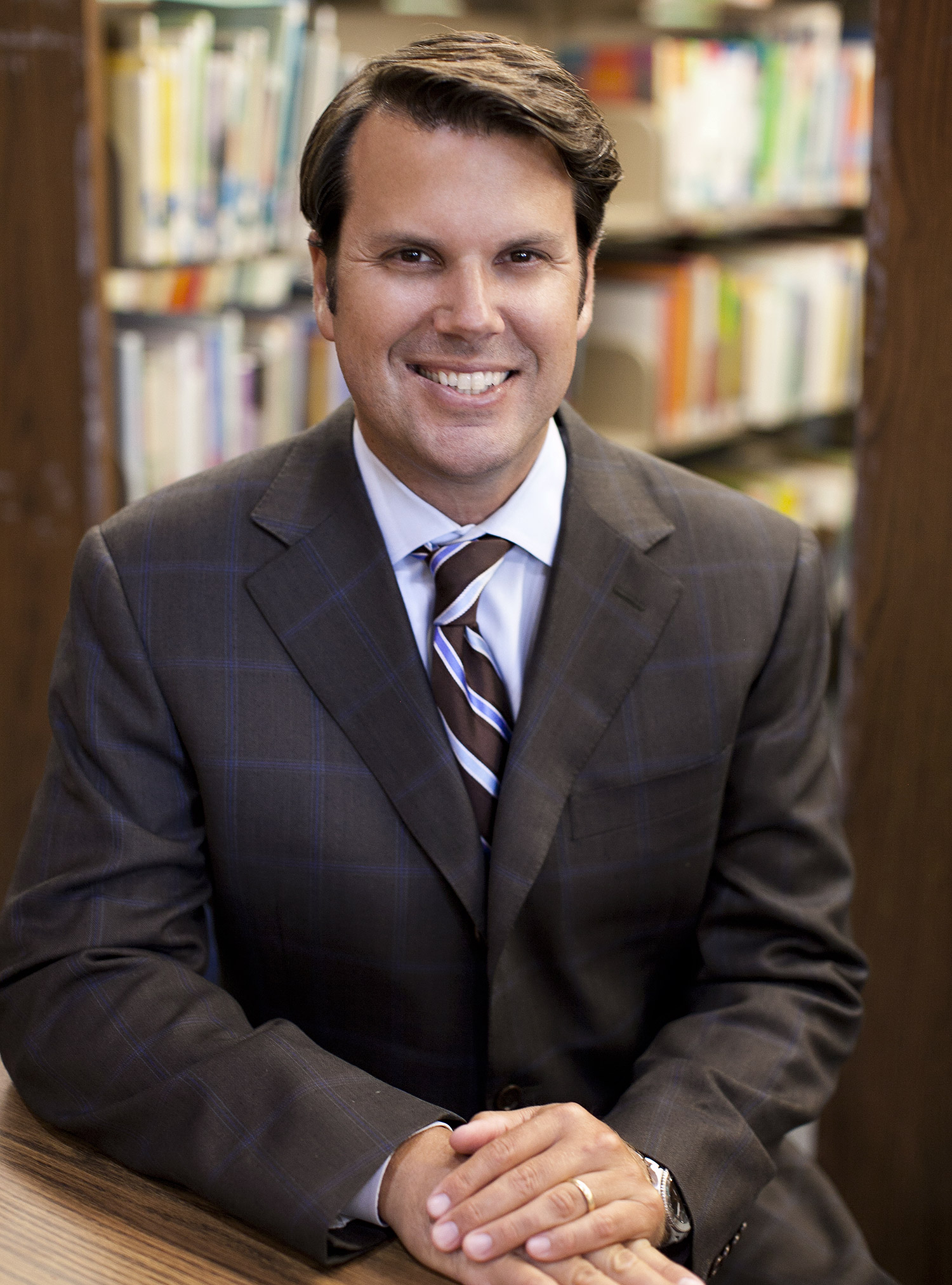Ready for the next step?

Dr. Smith has been specializing in breast implants for over 15 years. Reach out to him today so that he can help you achieve the most natural looking and beautiful breast augmentation result!
Most people report experiencing moderate discomfort for the first 1 or 2 days after breast augmentation. Dr. Smith prescribes pain medication; you should fill the prescription and have over-the-counter pain relievers on hand prior to surgery. After the first couple of days, discomfort should be mild. You may experience some pain for several days when you use your arms and chest muscles.
You may notice some bruising and swelling. Some patients report pressure and stretching in the breast area. Ice packs can help.
If you're like most patients, you will probably feel ready to return to a fairly non-strenuous job in 3 days or a bit longer.
You should have someone ready to take you home after surgery and someone to help you at home for a couple of days. You may need assistance with meals, children, and pets.
You should also prepare your home with your comfort in mind. You may want to have ice packs on hand to help with swelling and you might be most comfortable with clean linens and extra pillows on the bed.
It is important to start walking within a day of surgery to promote good circulation, which enhances the healing process and lowers the risk of complications. Wait about 2 weeks before starting light exercises and at least a month before resuming more strenuous aerobic workouts that include jumping or running. If you lift weights as part of your exercise routine, you can begin light upper body workouts after 2 months.
It is not uncommon for sensation to be reduced during the recovery period. Actually, many patients state that sensation is increased and some find they have asymmetric sensation. Very rarely a patient experiences some permanent loss of sensation.
Dr. Smith advises most of his patients to wait several weeks before going without a bra.
When your breasts have had 2 or 3 weeks to heal and the soreness and sensitivity go away, you may cautiously resume physical contact and direct stimulation of the breasts.
None of Dr. Smith's patients has ever reported not being able to breastfeed, although there is no absolute guarantee.
Breast implants will not change your risk of breast cancer and you will still have mammograms as usual. Since implants change the feel of your breasts they can change the sensitivity of breast examination. It is important to inform the technician that you have implants before mammography. If you are over 35 years of age, a baseline mammogram should be performed before your surgery.
It's possible to have breast augmentation and never have another procedure. It is common, however, for patients to come back to replace a ruptured implant, change to a different kind of implant, or seek a breast lift to maintain their youthful shape.

Dr. Smith has been specializing in breast implants for over 15 years. Reach out to him today so that he can help you achieve the most natural looking and beautiful breast augmentation result!